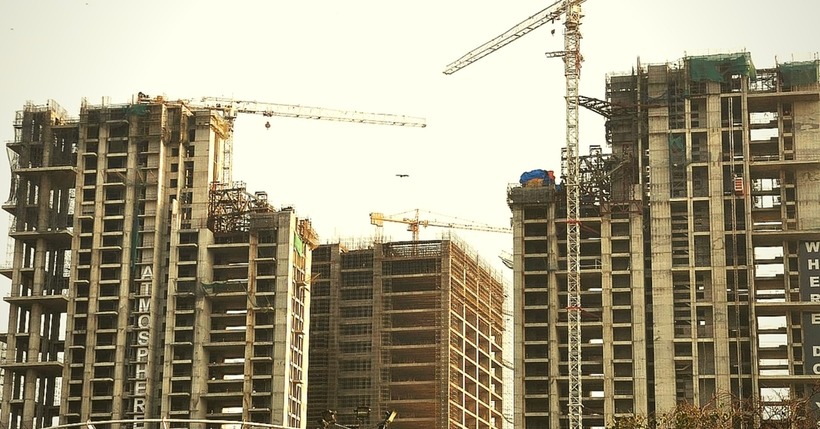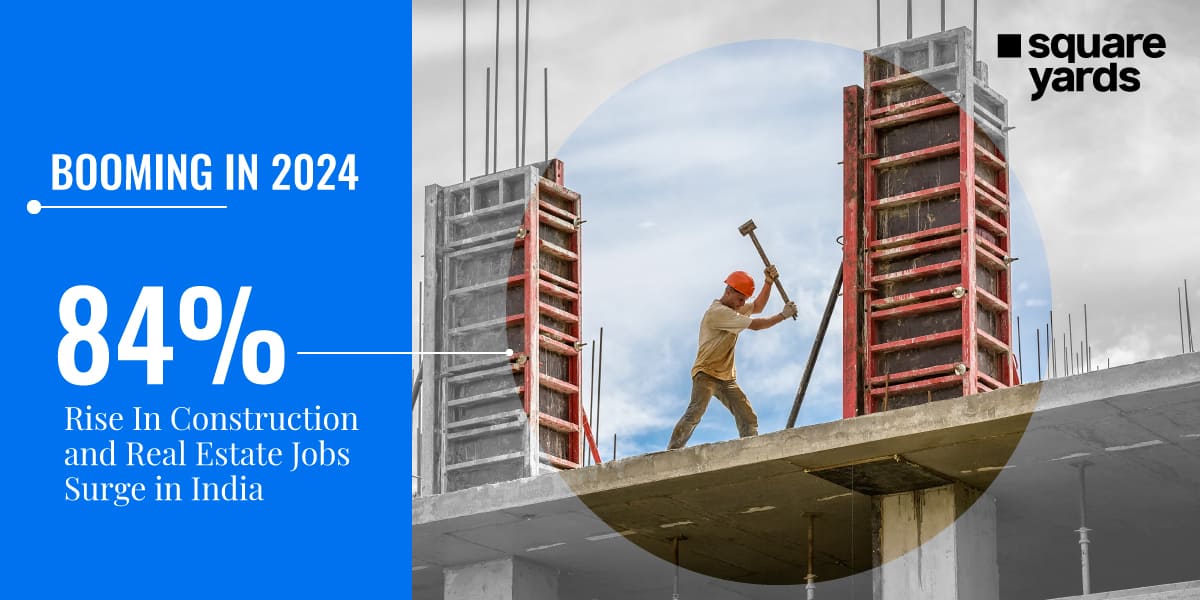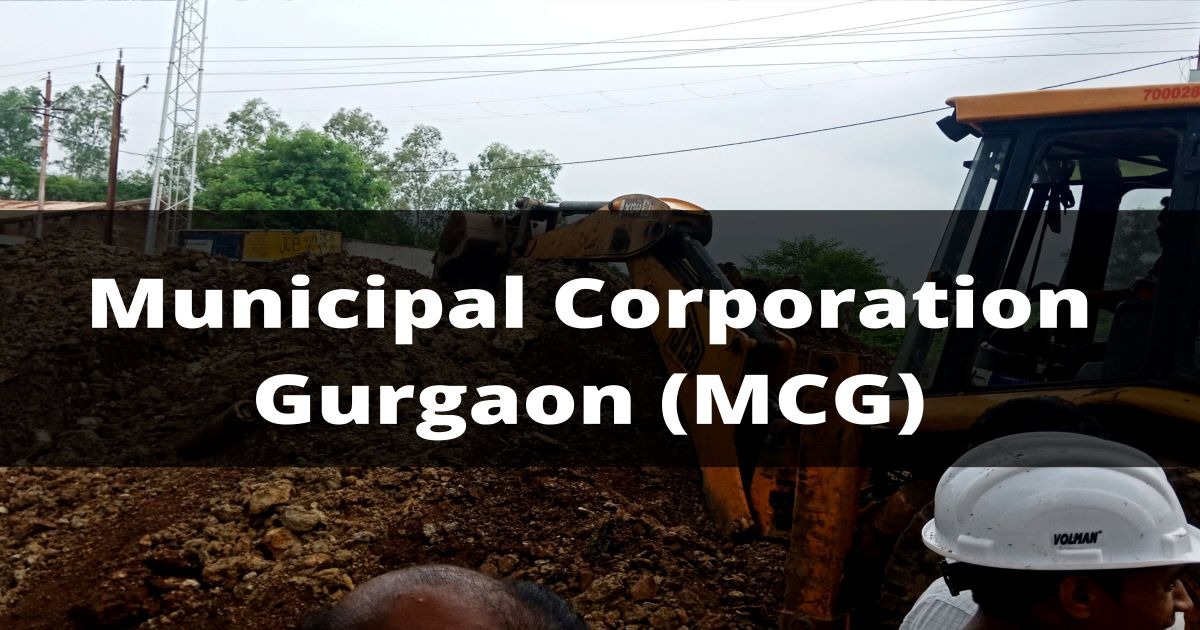The real estate sector in India has witnessed several key reforms that have ushered in greater accountability, organization and transparency into the industry. These include demonetization, GST and RERA along with several other policy changes. The Government has also emphasized on Housing for All by 2022 as a key mission in addition to providing infrastructure status for affordable housing, a segment which is poised to witness skyrocketing growth in the near future.
The Indian real estate sector is now considering new models for business which have far reaching impact. RERA has brought in major provisions including restrictions for construction minus necessary permissions and land, disclosures by real estate companies and developers, separate escrow accounts for payments received from customers, fast track system for grievance redressal, strict penalties for developers who do not adhere to the rules and so on. This will offer protection to buyers against fraud committed by realty players and will also ensure delivery in a timely manner.
The real estate market has become more organized and regulated as a result. RERA has also led to a reversal of the previous business models in the industry. The business is now primarily consumer or end-user driven. The influx of black money into the sector has been checked and so has the inflation of property prices. Pre-sales is another business model which is no longer advisable since it led to artificial price hikes over the last few years, leading to rampant unaffordability as far as home buying was concerned. Additionally due to the previous model being focused more on investors, real estate developers were focusing more on the premium and luxury housing categories that had higher margins of profit in spite of there being sizable demand in the affordable or low cost housing category.
However, real estate developers and companies are now more consumer driven and with the Government offering incentives for affordable housing under PMAY for buyers and tax incentives to developers, the industry is now concentrating more on the affordable and mid-range categories. There are new financing models coming up including foreign equity funds and funding from corporate NBFCs who are tying up with real estate developers.
There are joint development models flourishing at present. Developers and land owners who do not have the financial means to build, promote and complete projects are tying up with bigger realty players who can help them likewise. This is a win-win situation for major real estate players like Godrej Properties who are consciously choosing these models of operation. Developers are now opting more for mixed development projects or commercial ventures which will yield rent in the future. There is a new marketing model which pertains to sales of properties which are ready to move in. There is huge demand for the same and developers are striving to complete projects first and putting up ready or near-finished properties on the block.
DLF Limited, in fact, has already declared that it will take up the business model of first building a project and then selling it. This model has been applied globally for several years but it is now being implemented in India as well. Developers are legally bound to purchase or arrange construction land and bear the costs of regulatory compliance and permissions in addition to not being allowed to divert any funds for the project. This makes it more viable for real estate developers to sell properties which are ready to move into. This is because marketing these ready properties will require lower costs.
Buyers are also comfortable with this model since they pay up for what they see and feel themselves. They do not have to worry about delivery delays of projects. They also stand to save on GST of 12% which is not levied on ready property that has got a completion certificate.




































